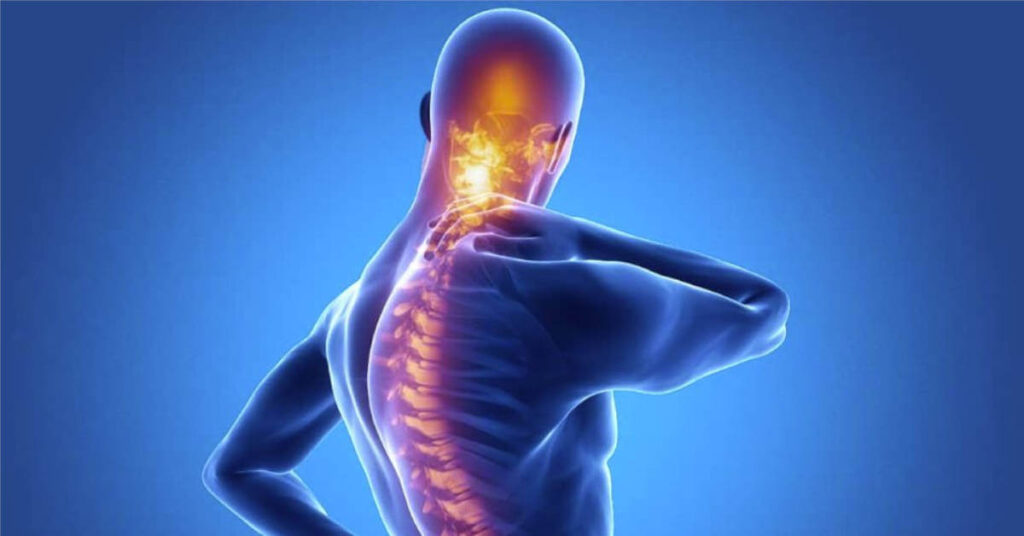Definition
Ankylosing Spondylitis is an inflammatory disease which affects more men than women. In this, the vertebrae in your back tend to fuse together causing a hunched posture and lack of flexibility. In some cases, ribs may also get affected causing difficulty in breathing.
The early symptoms of Ankylosing Spondylitis are quite erratic and as time progresses, the symptoms may either worsen, persist or go away altogether. Most common symptoms occur in the following areas:
1. Hip and shoulder joints
2. Joint between the base of your spine and pelvis
3. Vertebrae in your lower back
4. Spine and back of the heel (places where tendons and ligaments attach)
5. Cartilage between your breastbone and ribs
It is advised to seek medical attention if pain in your lower back or buttocks worsens in the morning or even keeps you awake for the better part of the night.
There are a number of factors that put you at risk of developing Ankylosing Spondylitis.
Sex:
Men are more likely to develop this condition than women.
Heredity:
Most cases of Ankylosing Spondylitis carry the HLA-B27 (Human leukocyte antigen) gene. However, in many cases those missing the gene have also developed the condition.
Age:
Ankylosing Spondylitis occurs mostly in late adolescence and young adulthood.
In order to make the correct diagnosis, your doctor may run a basic physical exam in which he may ask you bend your back in different ways. The doctor may check your chest circumference. The doctor may also search for pain points by pressing on different portions of your pelvis.
Following this, your doctor may suggest the following tests and scans to see what further treatments needs to be administered:
Imaging tests such as X-Ray and MRI scan
Blood tests and other lab tests to check for inflammation and to rule out any other possibility
The treatment for Ankylosing Spondylitis can be divided into:
Medication:
Nonsteroidal anti-inflammatory drugs (NSAIDs) such as Naproxen (Naprosyn) and Indomethacin (Indocin) are the medications doctors most commonly use to treat such a condition.
If the pain and discomfort still persist, the doctor may prescribe TNF (tumour necrosis factor) blockers such as:
1. Adalimumab (Humira)
2. Etanercept (Enbrel)
3. Golimumab (Simponi)
4. Infliximab (Remicade)
Therapy:
Physiotherapy is the most common and best known non-surgical therapeutic method to treat Ankylosing Spondylitis by improving flexibility and physical strength.
Surgery:
Surgery is only recommended for patients with chronic cases. Most cases of Ankylosing Spondylitis can be treated without surgery



